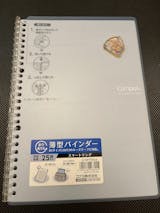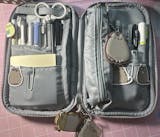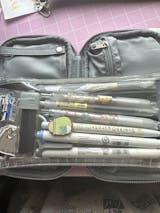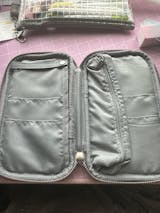When shopping from overseas online stores🌍, many customers often feel uncertain about the customs process🛃, taxes💰, and how to receive their packages smoothly📦. They search for clear, trustworthy information to understand what steps they need to take after placing an order abroad 🛒. This guide is designed to help you find exactly what you need—explaining in simple terms the step-by-step process for handling customs clearance, paying VAT and duties, and successfully receiving your overseas purchase in the UK. Whether you are a first-time cross-border shopper or want to avoid common pitfalls, this article provides straightforward answers to ease your concerns and ensure a smooth shopping experience✅.
1. Place an Order on an Overseas Online Store
- Complete your purchase and payment on the overseas online store.
- Make sure the seller provides full product details including value, origin, and description for customs declaration.
2. Shipping and Transportation
- The seller or courier ships the goods to the UK.
- During transit, the courier or postal service prepares customs declarations and collects relevant information.
3. Customs Declaration and Review
- All goods imported into the UK must be declared to HM Revenue & Customs (HMRC).
- From 31 January 2025, goods from the EU require a Safety and Security declaration (Entry Summary Declaration).
- Customs reviews the declaration and may inspect goods to verify accuracy.
4. VAT and Duty Charges
- All overseas purchases are subject to 20% VAT regardless of value (no low-value exemption).
- Goods valued over £135 are subject to customs duty and import VAT.
- For goods under £135, VAT should be collected at the point of sale if the seller is VAT-registered in the UK.
- The courier or postal service usually collects any due VAT, duties, and clearance fees on behalf of HMRC.
5. How Customers Pay the Fees
- The courier or postal service will notify you of the customs duties, import VAT, and handling fees due.
- You can pay these fees online via the courier’s website, by phone, or in cash upon delivery, depending on the courier’s options.
- Common couriers like Royal Mail, DHL, UPS, and FedEx provide online payment portals for customs fees.
- If you do not pay the fees, the courier will not release your goods, and the package may be returned to the sender.
- Businesses or frequent importers can apply for a Duty Deferment Account with HMRC to pay monthly by direct debit instead of paying per shipment.
- Alternatively, payment can be made through the UK Customs Declaration Service using a Cash Account or General Guarantee Account if you have access.
6. Payment Notification
- The courier or postal service will send you a payment request with instructions on how to pay.
- Pay promptly to avoid delays in customs clearance and delivery.
7. Receive Your Goods
- Once payment is confirmed, the courier or postal service delivers your goods to you.
- If you refuse to pay, the goods may be returned to the sender or held until you clear customs yourself.
8. Additional Requirements
- Certain goods (such as plants, animals, and high-risk products) may require additional health and safety checks and certificates.
- Stay updated on any new customs rules or declarations that may apply to your goods.
Summary Table of UK Overseas Online Purchase Customs Process
| Step |
Customer Action |
How to Proceed / Notes |
| 1. Place Order |
Confirm product details |
Ensure value, origin, and description are accurate |
| 2. Shipping |
Wait for shipment |
Seller or courier ships goods with customs info |
| 3. Customs Declaration |
No direct action unless requested |
HMRC reviews declarations; Safety & Security declaration mandatory for EU goods |
| 4. Pay VAT & Duties |
Receive payment notice and pay fees |
VAT charged on all goods; duties on goods over £135 |
| 5. How to Pay Fees |
Pay online, by phone, or cash on delivery |
Courier provides payment options; Duty Deferment Account available for businesses |
| 6. Payment Notification |
Pay promptly |
Courier/postal collects fees to release goods |
| 7. Receive Goods |
Collect goods after payment |
Goods delivered after fees paid |
| 8. Additional Checks |
Provide certificates if required |
Health and safety checks may apply to certain products |






